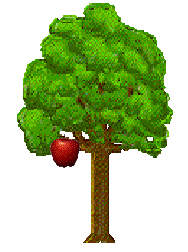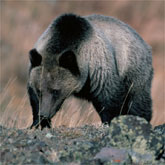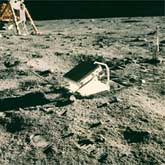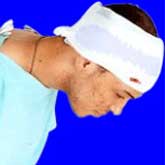Can You Drink Too Much Water?
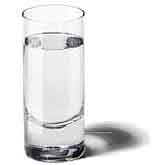 Body fluids account for over 70% of an average adult's body. Our body fluids are composed of water and substances called electrolytes. Dissolved in water, these materials develop tiny electrical charges that stimulate and regulate many of our body functions such as heart rate. Our bodies have several mechanisms for eliminating fluids including tears, excretions from the bladder, bowels and through perspiration. Although the bladder and bowels are responsible for the removal of body waste products, the primary function of perspiration is the regulation of body heat and is our body's principal mechanism of cooling itself.
Body fluids account for over 70% of an average adult's body. Our body fluids are composed of water and substances called electrolytes. Dissolved in water, these materials develop tiny electrical charges that stimulate and regulate many of our body functions such as heart rate. Our bodies have several mechanisms for eliminating fluids including tears, excretions from the bladder, bowels and through perspiration. Although the bladder and bowels are responsible for the removal of body waste products, the primary function of perspiration is the regulation of body heat and is our body's principal mechanism of cooling itself.
Perspiration or sweat is primarily water and the electrolytes sodium and chloride. As sweat is exposed to relatively drier air, it evaporates, cooling our bodies. If the body can not cool down, our core body temperature increases, which in turn has a negative effect on a number of different body functions. When sweat losses are greater than fluid intake, individuals become dehydrated. Dehydration of 1-2% of your body weight begins to significantly affect some body functions and negatively affects athletic performance. A 3% loss of body weight increases the risk of developing heat cramps, heat exhaustion or heat stroke. These levels of dehydration are common in many sports, like tennis.
However, to become completely rehydrated, it is not enough to drink just plain water, since water does not contain enough of the electrolytes our bodies lose through sweating. It is also possible to drink too much water. Excessive water or low-sodium fluid consumption, teamed with heavy sweating, can readily lead to a relative excess of water compared to sodium in the blood, a condition known as 'hyponatremia' (low blood sodium). This is a dangerous and potential threat to many athletes.

